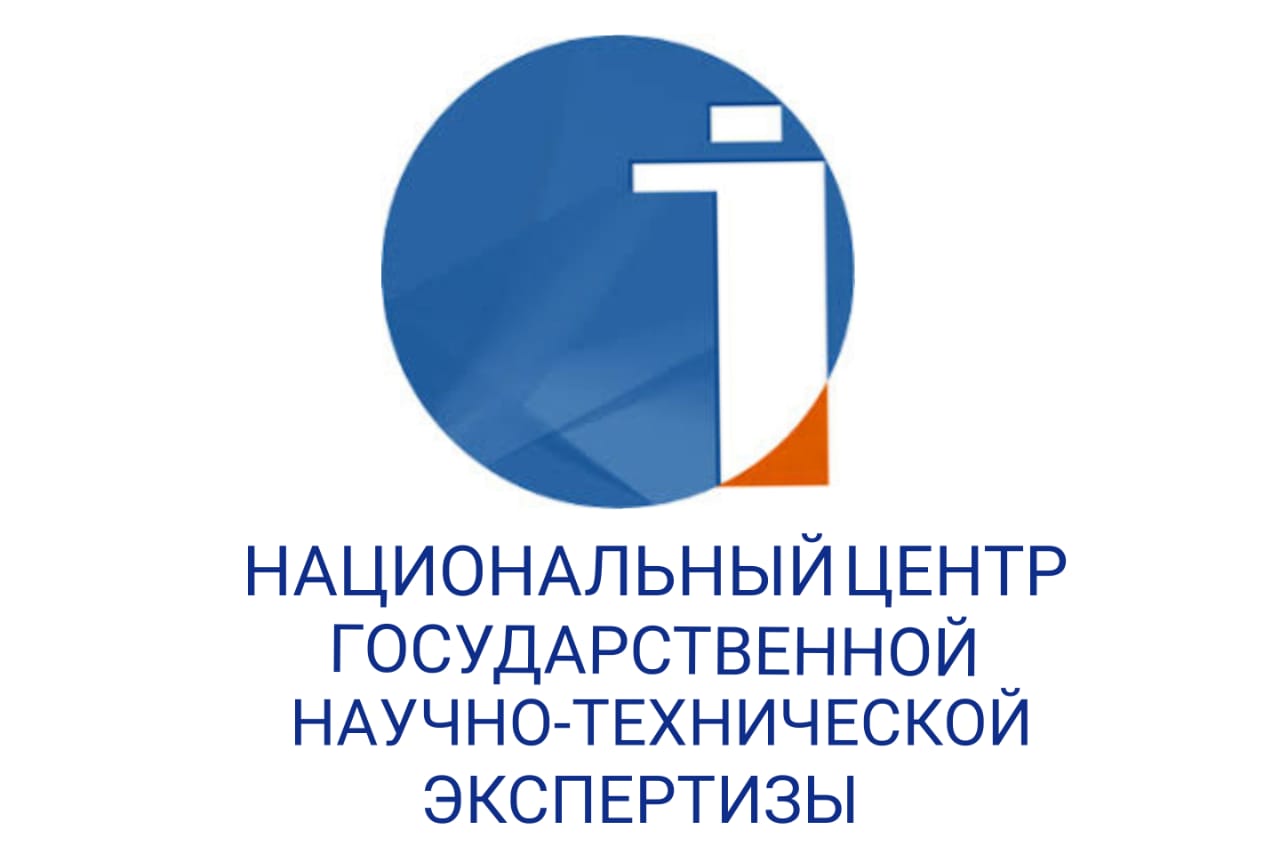ATTRACTIVENESS POTENTIAL OF UNIVERSITY WEBSITES
DOI:
https://doi.org/10.48371/PHILS.2022.67.4.015Keywords:
discourse, attractiveness, attractors, university websites, web pages, means of attraction, suggestion, university imageAbstract
One of the current global trends is the development of the education sector as a service sector which is part of the so-called education marketization policy. Interuniversity competition encourages universities to become more efficient, innovative and entrepreneurial. Thus, one of the marketing tools in the field of education is a university website. The purpose of the article is to consider the university websites through the prism of the phenomenon of attractiveness. The definitions of the concept of "attractiveness" from some researchers’ point of view of are given. Based on the material of the websites of three universities – Stanford University (USA), Charles University (Czech Republic), Peking University (China) – ways of actualizing the property of attractiveness through verbal and non-verbal means are analyzed. The theoretical significance lies in the fact that the allocation and description of the means of attraction makes it possible to contribute to the theory and practice of speech influence, functional pragmalinguistics, communication theory, imageology, and also formulates a number of important provisions that are significant for comparative linguistics and the theory of intercultural communication. The study used general scientific methods of observation, analysis and synthesis, which were required to determine the research problem in organizing the information content of university websites, and the discourse analysis method in identifying linguistic and polycode means that, along with the informative function, implement the communicative intentions of the authors of the texts and suggest a positive image of educational institution to the target audience. The performed analysis shows that the attractive effect helps to attract the attention of the target audience as well as to create a positive image of the university in the mass consciousness of internet users. The practical value of the obtained results lies in the possibility to use them in the development of content for educational websites.








